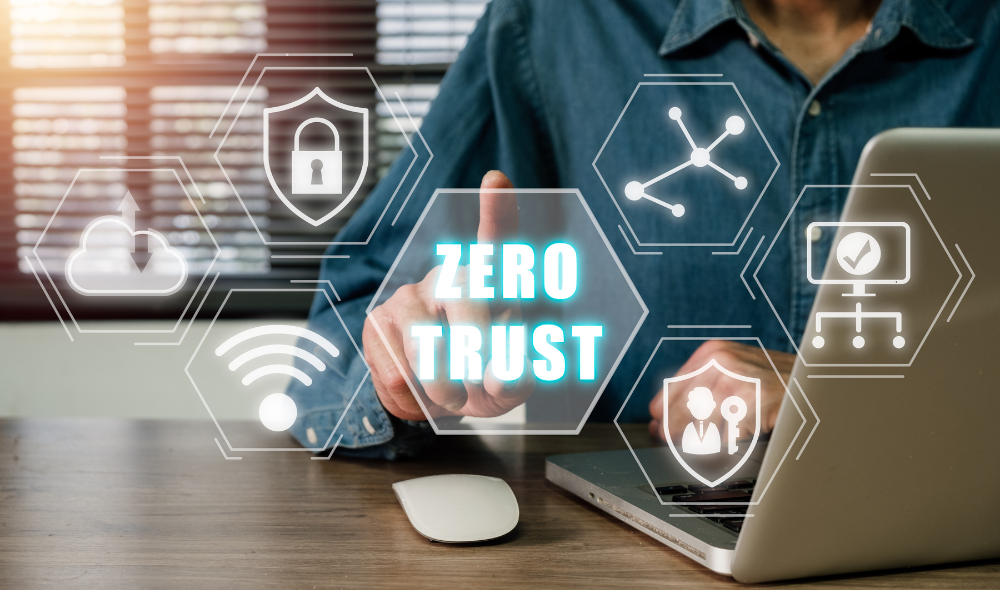There’s been a lot of articles lately which mention Zero Trust. Is this just another one of the current industry buzzwords, or is there some substance behind it?
Zero Trust is not just another buzzword; it is a security concept and framework that has gained significant attention and adoption in recent years. It shifts the traditional perimeter-based security model to a more proactive and dynamic approach that assumes no trust by default. Zero Trust focuses on securing every individual access request to resources or systems, regardless of the user’s location or network environment.
The term "Zero Trust" was popularized by Forrester Research analyst John Kindervag in 2009. He introduced the concept highlighting the need for a more robust and identity-centric approach to security. Another known phrase is “Never trust... …always verify”.
On the other hand, Public Key Infrastructure (PKI) is a technology framework that provides a way to manage digital certificates and encryption keys. PKI is primarily used for secure communication, authentication, and data integrity. It establishes a trusted relationship between entities using cryptographic keys and digital certificates.
In summary, Zero Trust is a security framework that addresses access control and network security, while PKI is a technology that provides secure communication and authentication capabilities.
How Can PKI and Zero Trust Work Together to Strengthen Security Posture?
The integration of PKI into a Zero Trust Framework can truly strengthen an organization's security posture by adding layers of protection and authentication to its systems and data.
While PKI and Zero Trust serve different purposes, they can be integrated to enhance and are complementary approaches to security.
In a Zero Trust model, every user, device, and network part are treated as potentially untrusted and requires authentication and authorization for every access request.
By combining the principles of Zero Trust and the capabilities of PKI, organizations can strengthen their security posture, mitigate risks, and ensure that access to critical resources is based on strong authentication, strict authorization, and secure communication in the following ways:
-
Strong User Authentication
PKI enables strong user authentication using digital certificates. Each user is issued a unique certificate that requires a private key to access protected resources. This helps mitigate risks associated with weak passwords and compromised credentials.
-
Device Authentication
Zero Trust mandates device authentication before granting access to resources. PKI can be used to issue and manage those devices ensuring only trusted and authorized devices are granted access to protected resources and networks.
-
Secure Communication
PKI plays a critical role in securing communications through encryption. Zero Trust requires encryption for data in transit. By integrating PKI, organizations can ensure that communication channels between trusted entities are encrypted, protecting sensitive information from unauthorized access.
Things to Consider When Implementing a Zero Trust Model
Implementing a Zero Trust model, including strict authentication and continuous verification, can introduce more steps in the user authentication process. If not implemented carefully, this can affect the user experience and potentially lead to frustration and reduced productivity. Balancing strong security measures with a seamless user experience requires careful consideration and proper user education and training.
It's important to design and implement such integrations carefully by talking to your trusted CA to implement the necessary PKI technology and who understands the specific requirements and complexities of the organization's environment.
And Finally…
In a Zero Trust environment, where every access request requires authentication and authorization, the management of certificates can become more complex. Organizations need to show proper processes and systems to manage certificate enrollment, renewal, revocation, and monitoring to ensure the integrity and security of the underlying cryptographic PKI infrastructure.







